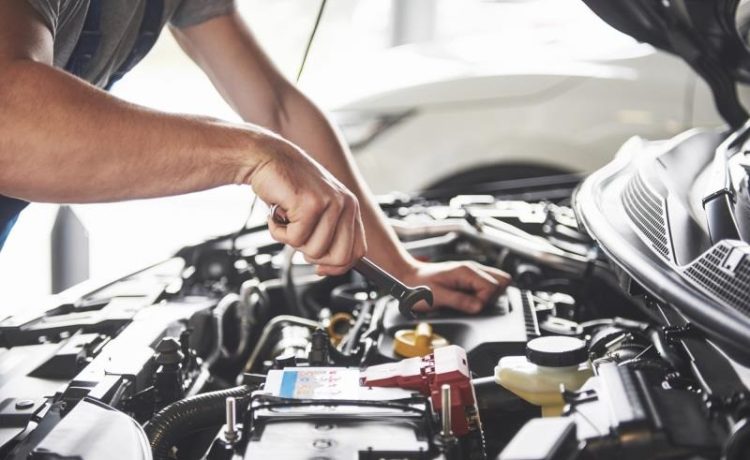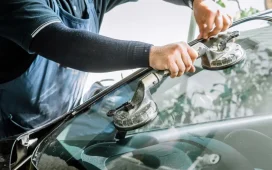Changing your own oil may appear to be a challenging task; however, with the appropriate tools and guidance, it can prove to be a fulfilling endeavor that also results in cost savings. This article provides detailed guidance for automobile owners who wish to manage their vehicle’s maintenance independently. We should engage in a discussion regarding the essential requirements, the comprehensive procedure, and critical safety recommendations.
Preparing for an Oil Change
To begin, please ensure that the engine is turned off and the vehicle is parked on a stable, level surface. To safeguard against burns from hot surfaces, it is advisable to allow the engine to cool for a minimum of thirty minutes. Kindly don your gloves, assemble all necessary equipment, and strategically place the oil catch pan beneath the vehicle’s oil drain stop. The user manual for your vehicle provides comprehensive guidelines regarding the type and quantity of oil required. It is essential to consistently reference it. Choosing the European auto repair shop in Oceanside, CA is essential here.
Eradicating the Obsolete Oil
Upon ensuring that all preparations are complete, locate the oil drain plug situated beneath the vehicle. With precision, detach the plug using your socket wrench to facilitate the complete drainage of the old oil into the designated oil catch pan. We kindly ask for your patience, as this procedure may require several minutes to complete. To prevent any additional leaks, please ensure that the drain cap is replaced and secured tightly once the old oil has been fully drained.
Changing the Oil Filter
Upon the completion of draining the old oil, it is now appropriate to proceed with the replacement of the oil filter. Utilize an oil filter wrench to detach the old filter. It is advisable to exercise caution, as it may still retain some oil. Applying a small amount of fresh oil to the rubber gasket on the new filter before installation can enhance the seal’s effectiveness. Securely hand-tighten the new filter, ensuring that it is fastened without overtightening. Engaging the services of an auto repair professional is crucial in this context. It is important to replace the oil with a fresh supply.
Concluding Assessments and Safety Recommendations
It is essential to ensure the proper disposal of the old oil and filter by transporting them to an auto shop that accepts used oil or a local recycling facility. To avoid any potential issues, it is advisable to maintain a tidy workspace at all times. Finally, the well-being of your vehicle can be supported by regularly monitoring the oil levels. Incorporating these practices into your daily routine will enhance your understanding of your vehicle while also contributing to cost savings. Wishing you a successful and efficient oil change!












